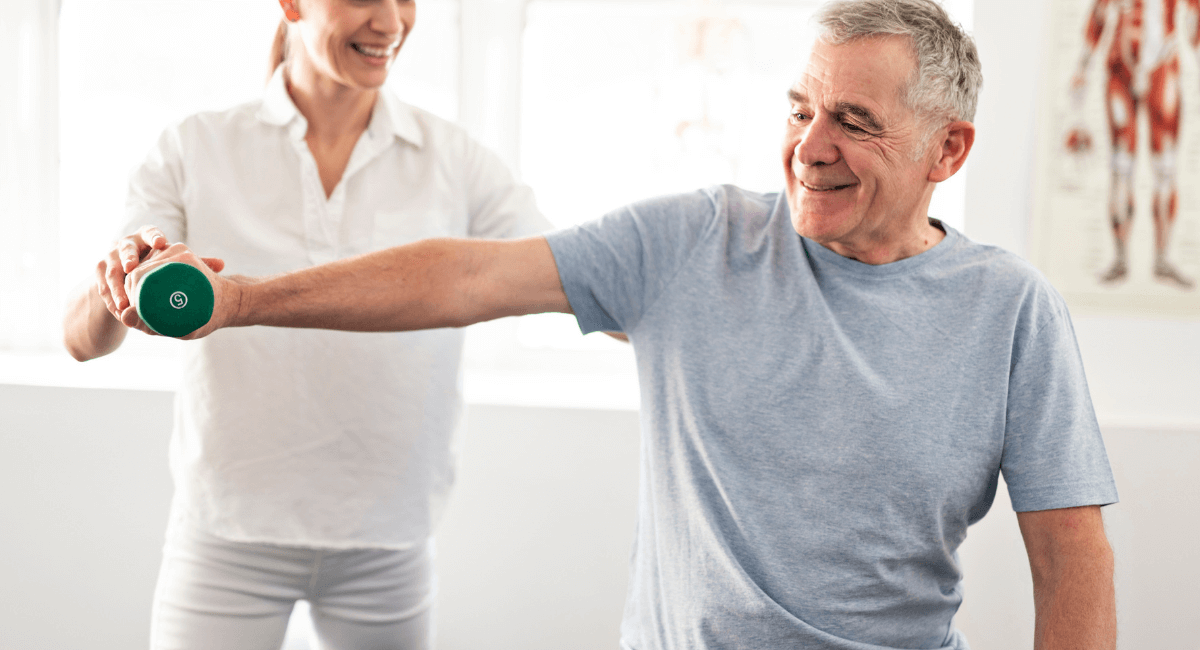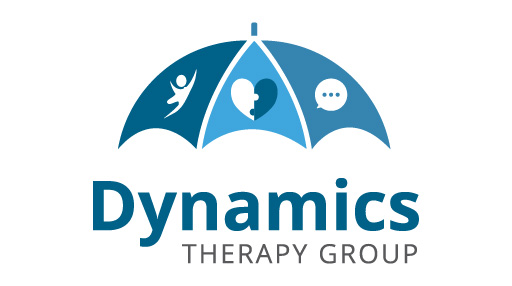
What is poor posture? Poor posture or Postural Dysfunction refers to an unnatural positioning of the spine with emphasised curves, which adds stress on the joints, muscles and vertebrae. This prolonged poor positioning can result in a build-up of unhealthy pressure on these tissues.
Symptoms of Poor Posture
A bad posture may cause one to experience the following painful and visible symptoms.
Visible symptoms:
- Slouching
- Rounded shoulders
- Hunchback
- Head that either leans forward or backward
- Bent knees when standing or walking
- Shoulder blades excessively positioned backwards
- Arching of the low back
- Locked knees
- Potbelly
Painful symptoms:
- Body aches
- Pain in the upper back, lower back, neck, shoulders or arms. Low back pain is the most frequent complaint but research has shown that pain in the neck, shoulders and arms has become increasingly widespread
- Headaches, due to a build-up on tension in the upper back, neck and shoulders
- Lower limb pain in legs, hip or ankles. Foot and knee problems are also becoming common due to the emphasis on running and fitness
- Muscle fatigue
Causes of Poor Posture
A good posture is a form of fitness in which the muscles of the body support the skeleton in an alignment that is stable and efficient. Good posture is present both at rest and in movement. A good posture will look like this: balanced and upright posture, with a straight line from the ear to the shoulder to the hip
Unfortunately, numerous factors can get in the way of good posture. Bad posture can be caused by things, such as the day-to-day effect of gravity on our bodies. Bad posture may also occur due to an injury, an illness or genetics—issues that, for the most part, you cannot control. Experiencing a combination of these contributing factors is also quite common.
Identifying and understanding the underlying factors that interfere with good posture may help guide you as you make lifestyle changes or seek medical or holistic treatment.
1. Injury and muscle guarding
After an injury, muscles can spasm as a way of protecting the vulnerable area. While muscle spasms can help keep your injuries stable and protect them from further injury, they also limit your movements and cause pain.
Prolonged muscle spasms lead to weakened muscles over time. The resulting imbalance between muscles that guard an injury and those still working normally may also lead to aberrations in body posture. Sometimes, treatment with massage and/or physical therapy can help bring muscles back to optimal functioning.
2. Muscle tension and weakness
When certain muscle groups are weak or tense, your posture can be affected. After a while, you can also develop pain. Muscle weakness or tension can develop when you hold a prolonged position day after day or when you perform routine tasks and chores in a way that places tension on your muscles or uses these muscles unequally.
3. Daily habits
As you find ways to accommodate muscle spasms, weaknesses, tensions and/or imbalance between muscle groups, your body can abandon good posture. In these situations, your body may be forced to use alternative, but less efficient, patterns of muscle contraction and stretch. By compensation, the body can still achieve its movement aim, but it will compromise on the alignment.
4. Use of technology
Your use of technology, whether you work on a computer all day, use a tablet or cell phone, or manage several devices at once, can slowly shift your body out of alignment. If you text incessantly, you may develop “text neck”, a condition in which your neck is held in too much flexion or forward bending for too long. This may lead to pain.
5. Mental attitude and stress
Do you get stressed easily or have stressful relationships? If so, be sure to watch your posture! Stress may contribute to shallow breathing or overly-contracted muscles, which in turn, compromise your body posture.
6. Choice of shoes and the way you wear them
Clothing, especially shoes, can also affect posture. Heels throw your body weight forward, which can easily catapult you into misalignment. And if you wear down either the outside or inside of the shoes faster—because of issues, such as weight-bearing habits—imbalanced kinetic forces will likely be translated up your ankle, knee, hip and low back. This may lead to pain or bad posture in any of these joints as well as your lumbar spine.
7. Heredity and genetics
Sometimes it is just in the genes. For example, Scheuermann’s disease is a condition in which adolescent boys develop a pronounced kyphosis in their thoracic spines. Of course, in cases such as these, it is best to work with your doctor for treatment and management.
Factors Contributing to Poor Posture
These factors can include:
- Lack of education/awareness about correct posture
- Sedentary lifestyles
- Occupational demands
- Poor workstation ergonomics
- Stiffness in the joints
- Muscle weakness and/or tightness
- Poor core stability (weak core)
- Decreased fitness
Treatment for Poor Posture
Physiotherapy has been proven to effectively minimise, if not eliminate, bad posture. Most individuals will experience reduced painful and visible symptoms after their posture has been corrected through physiotherapy treatment.
Corrective physiotherapy treatments can include:
- Assessment and diagnosis of postural habits
- Postural education and training
- Activity modification advice
- Advice and recommendations regarding workstation ergonomics
- Postural Taping—serves as a posture-correction reminder
- Electrotherapy (also Electromagnetic Therapy)—provides pain relief and other benefits through the use of electrical energy
- Joint mobilisation
- Manual therapy and soft tissue massage
- Corrective exercises and movements for improved flexibility, strength and posture
Author: Shimpi Bhanot, Senior Physiotherapist


